We’ve been lucky enough to have the all new Transition Spur in for an exclusive first ride test ahead of its launch. The brand new Transition Spur sees Transition entering a new sector of the market and the Spur is designed as a 29” wheeled, short travel, fast, fun and capable trail bike. Recently there seems to have been an explosion of fast and capable XC focused bikes and this is Transition’s take on the genre.

- Canyon FMD race truck goes under the hammer: yours for £35k
- MegaSack Day 7: Win Tailfin bikepacking luggage worth over £140!
- MegaSack Day 6: Win this HUNT Trail Wide Wheelset worth £500!
- Voodoo Canzo review
- How many years have Singletrack World users been riding Mountain Bikes?
With 120mm front and rear and a full carbon frame, the Transition Spur is designed to climb like an XC race bike, but with angles and components capable enough of getting you back to the bottom, down whichever trail you like. Then climb back up and do it again. Where some bikes in the Transition range may seem like they favour descending over climbing, the Spur is all about getting to the top under your own steam.
Based around a brand new full Japanese Toray carbon frame that is manufactured using latex EPS moulding in Transition’s new carbon factory, the Spur delivers 120mm rear travel via their GiddyUP suspension system. Where the rest of the Transition range uses a four bar Horst Link system, the GiddyUP system on the Spur utilises a carbon tuned pivotless flex stay that allows Transition to get rid of the chainstay pivot helping keep weight to a minimum. Claimed weight for a size M frame with shock is 2500g.

The suspension is designed to have around 30% progression through the stroke so it can remain supple at the start while still maintaining plenty of support for hard cornering and pumping trails, and absorbing large impacts. It’s also been designed to work with a sag range from 25% – 30% allowing riders to tune the feel of the bike. Similarly the anti-squat has been tuned to for optimum pedalling performance, but not at the expense of suspension performance.
Designed to be ridden up, across and down whichever hills, mountain and trails you choose, the Transition Spur is definitely long and low, with reach on our size large test bike being 480mm and a BB height of 335mm. The head angle is a slack 66 degrees which is paired with a steep seat angle (76.7 – 75.6 degrees depending on size) for efficient climbing and confident descending. Chainstay length across the range stays at a compact and nimble 435mm.
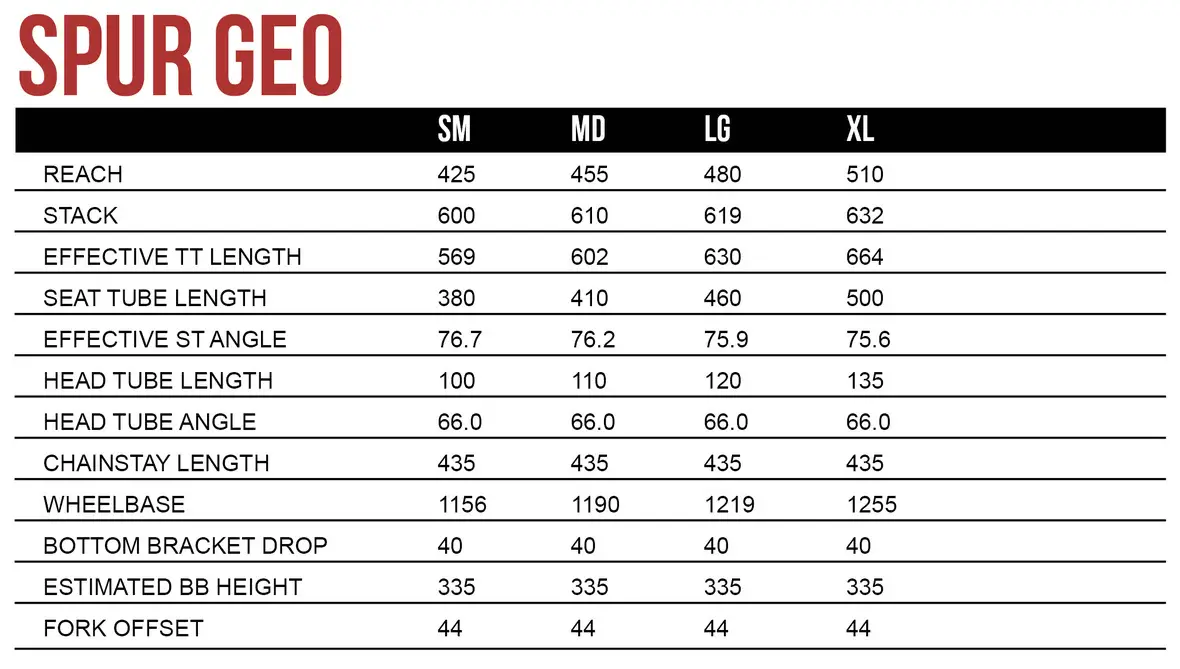
The Spur comes in three pre-specced models along with a frame only option, and two colour options – Black Powder and Deep Sea Green. All full builds come with SRAM drivetrains and RockShox suspension with a starting price of £4,999.95 for the GX build, up to £8,999.95 for the top end AXS XX1 equipped super build. Frame pricing with SID Luxe Ultimate shock is £2,999.95.
All models in the range utilise the same carbon frame with the differences just coming in the spec of the complete bikes. The frame features fully guided internal rear mech routing, but fully external rear brake hose guides making drivetrain and brake maintenance nice and easy.
The headtube on the Spur is designed for press in headset cups to allow for the use of adjustable angle headsets for those that want to push the geo even further. There’s a threaded bottom bracket that will keep a lot of people happy and the frame features not one, but two water bottle mounts on the downtube (one on top, one under), along with an ‘accessory mount’ under the top tube so you can ride fast and light with minimal baggage.
Transition has also gone with a collet main pivot axle, with a bearing shield, for the main pivot to maximise the weather proofing and keep the suspension running smoother for longer. Another conscious decision in the design was to make the seat post insertion as big as possible to allow the use of longer droppers across the range. Our size large came specced with a 180mm dropper but there’s plenty of room to push this further.
Out back there’s clearance for a 2.4” tyre and a nice neat moulded chainstay protector to keep the noise down and protect from chain slap. All the frames in the range are covered under Transition’s lifetime warranty.
Transition Spur Specification
The model we’ve had on test is a size large, middle of the range X01 build that comes in at £5,999.95:

- Rear Shock: RockShox SIDLuxe Ultimate 190 x 45
- Fork: RockShox SID Ultimate 120mm
- Headset: Cane Creek 40 Series
- Stem: Race Face Turbine R 50mm
- Bar: OneUp Carbon 800 x 20mm
- Grips: Sensus Lite
- Saddle: ANVL Forge Ti
- Seatpost: OneUP dropper Post 180mm
- Brakes: SRAM G2 RSC
- Rotors: SRAM Centreline (180/160mm)
- Shifter: SRAM XO1 Eagle
- Derailleur: SRAM XO1 Eagle
- Cassette: SRAM XG
- Chain: SRAM XO1 Eagle
- Crankset: SRAM X1 Carbon
- Wheelset: DT Swiss XR 1700 Spline 25
- Tyre (front): Maxxis Dissector 29 x 2.4 3C Exo
- Tyre (rear): Maxxis Rekon 29 x 2.4 3C EXO
All bikes in the range use the new RockShox SID suspension and the XO1 build comes adorned with a SID Ultimate up front delivering 120mm of race inspired travel. The Ultimate features the new Charger Race Day damper that is the lightest RockShox has ever produced and also features a proper solid lockout, perfect for fire road grinds or sprinting up hills.

This is paired out back with a SIDLuxe Ultimate, that again delivers 120mm of XC focused trail taming bounce. As with the fork, the SIDLuxe Ultimate was borne from XC racing and features a lightweight design with progressive air spring, along with minimal high speed damping to eliminate harshness and keep things under control on super rough terrain.
As you might have guessed by the model name, our test bike features a full SRAM XO1 drivetrain, including X1 carbon cranks and a XO1 50 tooth (production spec will feature the 2021 52 tooth) cassette giving plenty of stiffness for sprinting up climbs and into corners.
SRAM are also on call for stopping with a set of 4 pot G2 RSC brakes offering independent reach and bite point adjustment. Those 4 piston calipers clamp onto SRAM centreline rotors with a 180mm up front and an XC looking 160mm out back.
Rolling on 29” wheels, the Spur is specced with a set of DT Swiss XR1700 Spline 25 wheels. These feature DT’s 350 Ratchet hubs and are laced to lightweight aluminium rims with a 25mm internal width. Wrapping those are a grippy Maxxis Dissector 29 x 2.4 3C EXO on the front and fast rolling Maxxis Rekon 29 x 2.4 3C EXO on the rear.
Rounding out the spec list is a raft of components from other fellow US and Canadian brands. The seatpost is provided by OneUp components, with a V2 180 dropper seatpost and V2 lever. Cockpit is a mix of brands with a OneUp 800mm wide, 20mm rise, carbon bar being held in place with a Race Face Turbine R 50mm stem. Finishing off the contact points is an ANVL components Ti railed Forge saddle and a set of Sensus Lite grips.
All this added carbon goodness, and XC componentry adds up to an impressive out of the box weight of 26.89lbs with inner tubes. Once then tyres had been tubeless’d with the Stans Valves and sealant that came with the bike, this then dropped to a super light 26.01lbs.
Transition Spur Set Up
Set up for the Transition Spur was nice and simple, mainly due to the suspension being straightforward, with minimal adjusters and dials. Set the air pressure to the required sag amount, adjust your rebound and off you go.
I started with my go to settings of just less than 30% sag on the rear and around 20% on the front. After the first shake down ride though I wasn’t completely happy with how the bike felt so I amended the pressures to give me around 23% on the front and just over 30% on the rear and this changed things as I’d hoped, making things feel more active.
For reference I’m around 86-87kg and I ended up with about 80psi in the fork and 190psi in the rear. Both front and rear rebound settings have been set around the middle. I’ve tried both faster and slower but settled with this.
The Ride – Climbing
Getting on the Spur for the first time the sizing felt spot on for my 183cm height. The 480mm reach, and reasonably low front end, gave a good position for long stints in the saddle but also for getting weight over the front of the bike.
After riding a 170mm forked, coil shocked, enduro bike as my daily driver for the past god knows how many months you can’t help but have high expectations of how a bike will climb when it weighs 26lb. And the Transition Spur didn’t disappoint… stamp on the pedals and the Spur just goes. The lightweight and fast rolling tyres combine to create a bike that is fast off the mark and carries speed well.
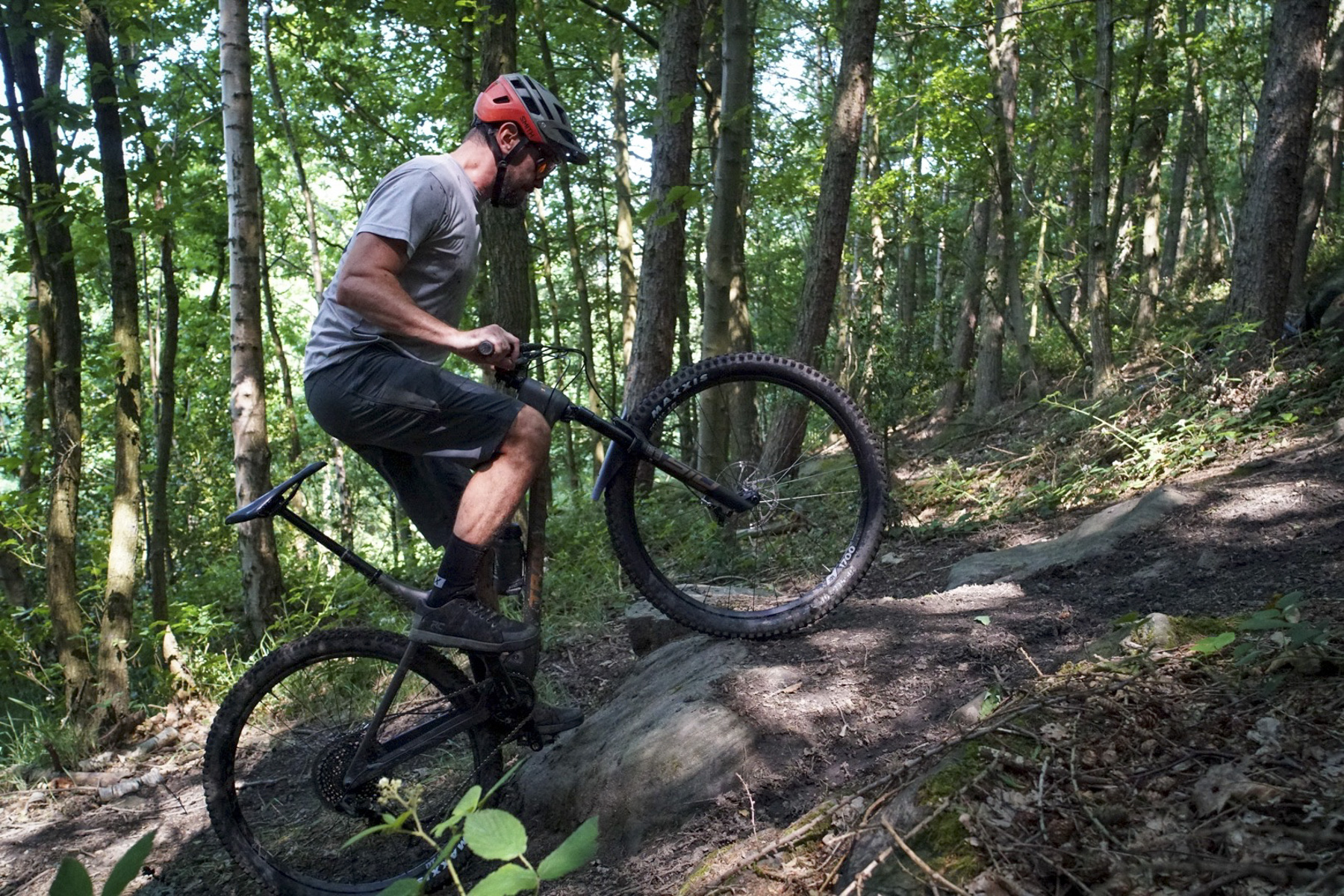
There’s a definite firmness to the suspension, with no wallow – turn the pedals and you accelerate. Gravel roads and undulating singletrack climbs are fast and efficient, and completely unremarkable in the best way possible – spin the pedals and you get to the top in a quick and easy manner.
Technical climbing is again no issue for the Spur. That firm suspension lets you get the power down on steep inclines, yet remains active enough to keep traction. The long front centre helps keep things nicely balanced, stopping the front wheel from lifting. Although on super steep and loose climbs where you’re out of the saddle and over the front the rear tyre can occasionally let go, but just a shift in body weight helps to find traction again.
The Ride – Descending
Once you’ve conquered the climb and you get a gravity on your side the Transition Spur comes into its own. In the short time I’ve had the bike I’ve ridden it on as varied terrain as possible. From 25 mile cross country loops, a trail centre or two, some local DH spots and plenty of super steep off-piste goodness, and it’s handled everything.

On fast flowy singletrack it encourages you to pedal at every opportunity, with the light weight, fast rolling tyres and supportive suspension combining to turn every ounce of effort into forward momentum. You can pump every slight downslope to gain speed and then pedal in between knowing that each stamp adds momentum. I’ve found myself pedalling on singletrack more on this bike than any other I can recently remember.
The ‘not overly slack’ head angle and short offset fork make the front end really responsive and add a nimbleness to the bike, making fast and tights turns nice and easy. The light weight and poppy rear end give it a lively feel, making it easy and confident to get in the air and pop up and over trail obstacles, looking for mini trail gaps as you’re sprinting along.
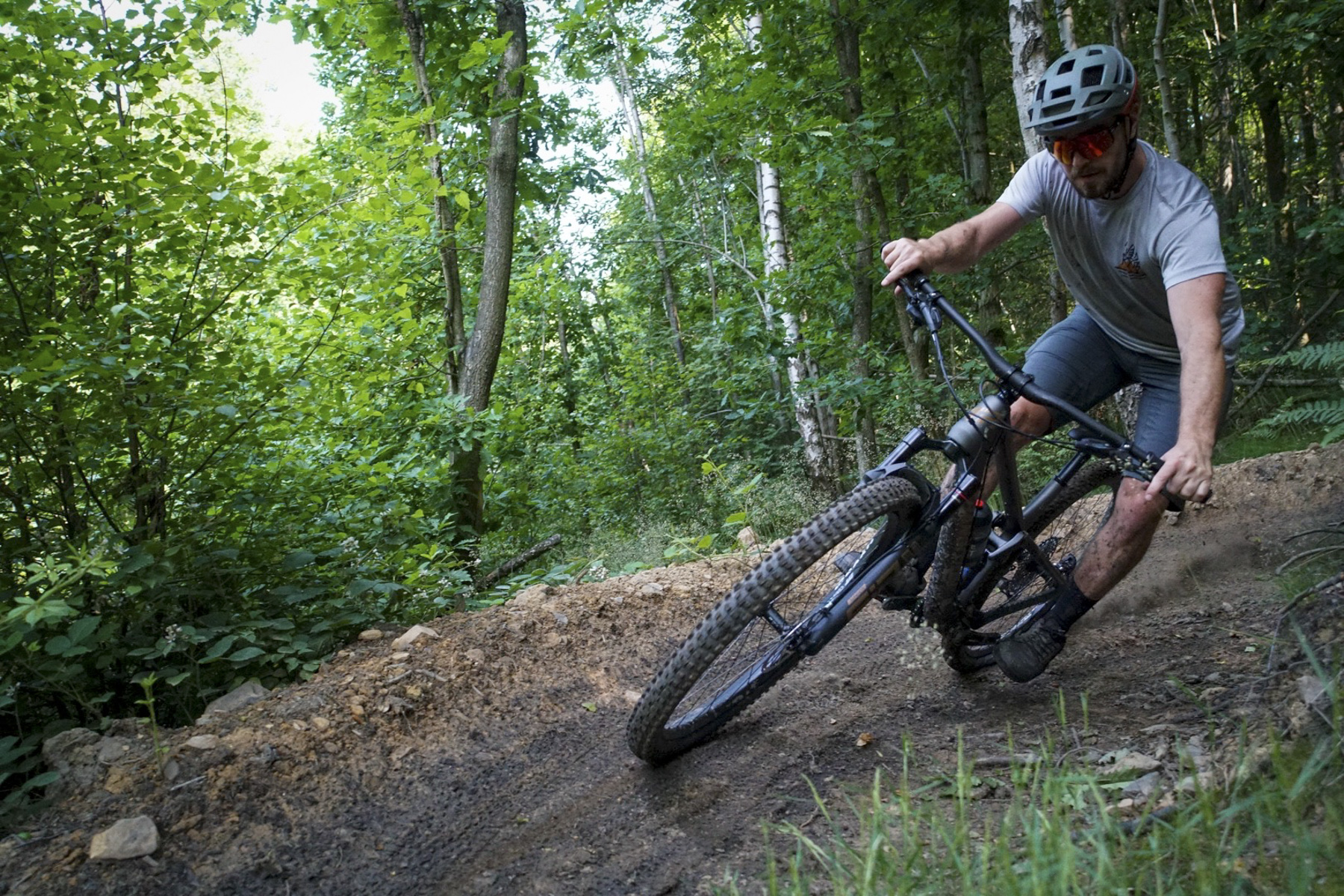
When things start to get steeper and techier, the sorted geometry lets you just get on with riding. The long reach and low front end put you in an attacking position to commit to steep tech trails, weighting the front into turns and letting the short back end snap round into line. Getting off the brakes and letting the bike run, the Spur picks up and carries speed well, letting you push on and concentrate on riding. When things start getting too rowdy the G2 brakes do decent job of slowing things down, but with the capability of the bike, a bigger rear rotor would be a good idea.
The SID fork and shock, despite their XC intentions, do a good job of keeping things in check. With a good amount of support from the fork, you can trust it and push into fast turns and chunky trails. Similarly the SID Luxe shock does a good job of keeping the rear in check on fast repetitive hits, yet staying supportive and poppy enough to let you pick the back end up when needed. When you get onto really big, fast, rocky trails, you can start to reach the limits of a 26lb bike with XC suspension, but it’ll still get you down with a smile on your face.
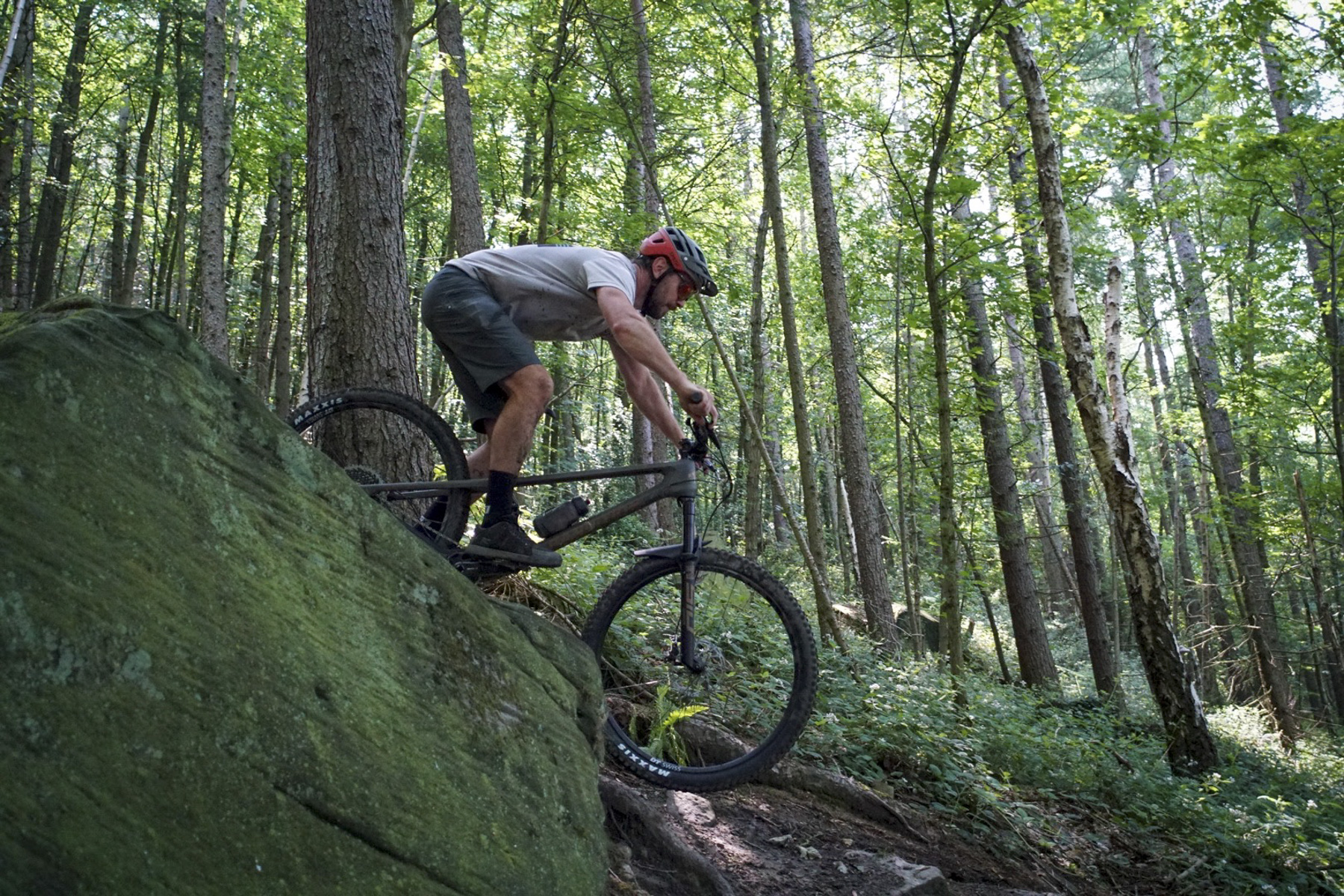
While the trails have been generally dryish, the Transition Spur – and in particular the Dissector front tyre – has done a great job of gripping in fast or off camber turns. That balanced geometry lets you weight the front for grip while still remaining centred on the bike. The rear Rekon rolls really well and has a good amount of grip, but when things get super steep or off camber / leaned over, it can break away. This is generally a nice controlled drift rather though rather than a throw you into the bushes sort of affair, and with the sorted geometry of the bike, a shift in body position usually bring things back in line.
Overall
While testing the Transition Spur I’ve purposely ridden the long way round, done that extra climb, and gone and found that ribbon of moorland singletrack that I’d not ridden for years. It’s a proper do-everything, and do it fast mountain bike. It climbs really well, is light enough to be properly pedalled all day, and descends way better than a 26lb bike with XC suspension should.
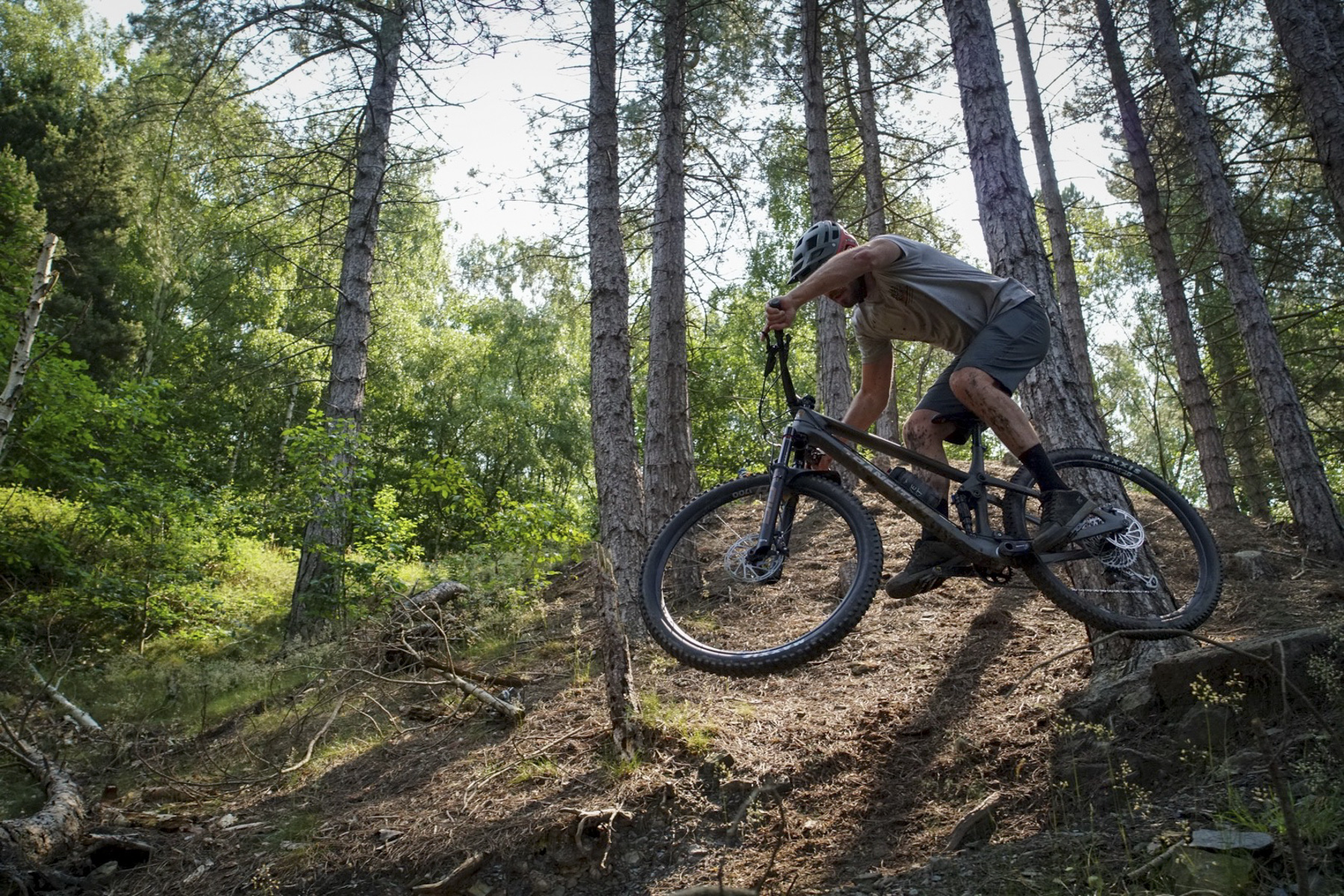
Transition bills the Spur as an ‘all country’ bike country and that pretty much sums it up. It’s just as happy on an hour long climb as threading through warp speed forest singletrack. If you’re looking for a bike that has XC pace going up that won’t hold you back on the downs, then you need to have look at the Transition Spur.






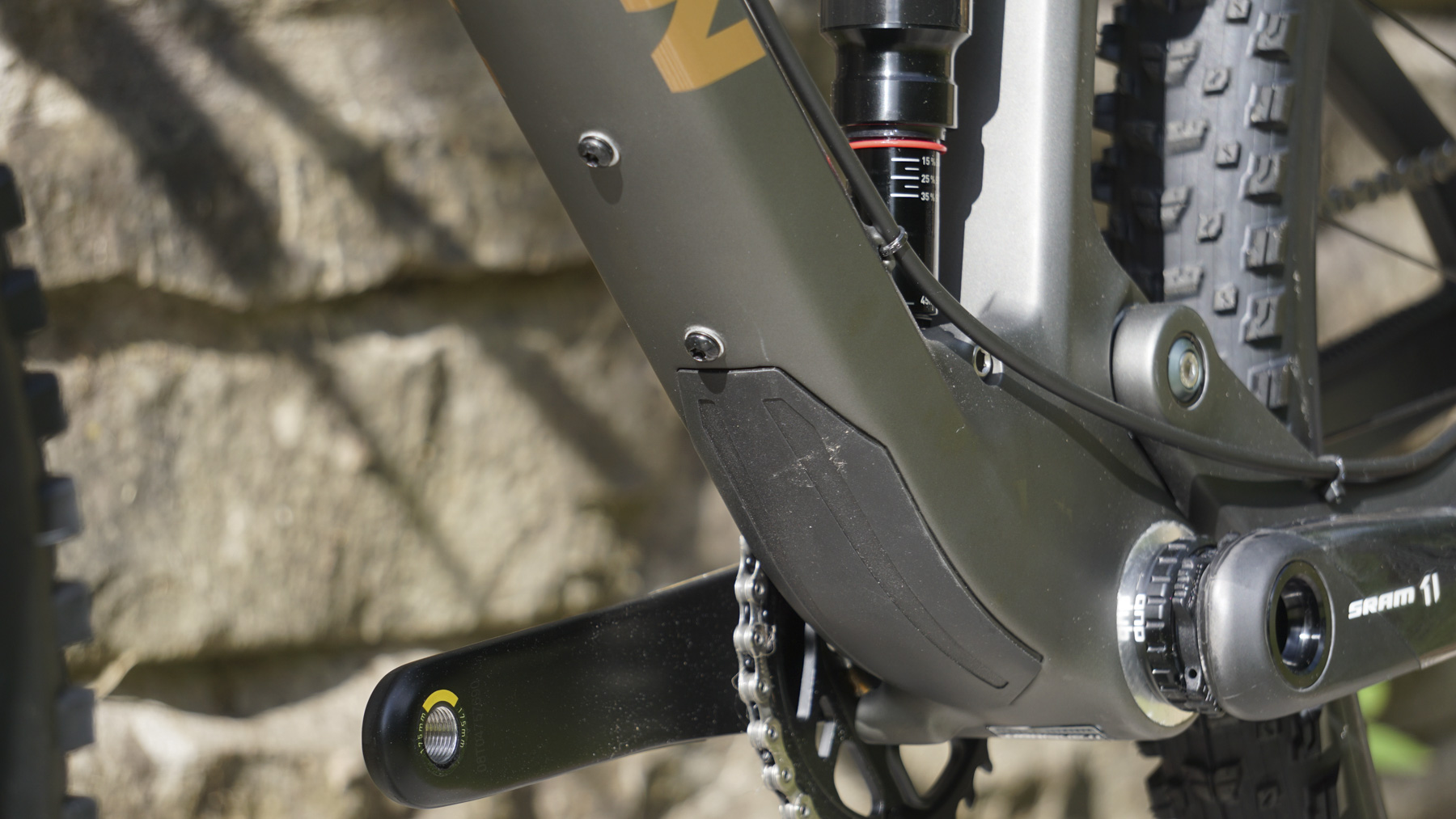
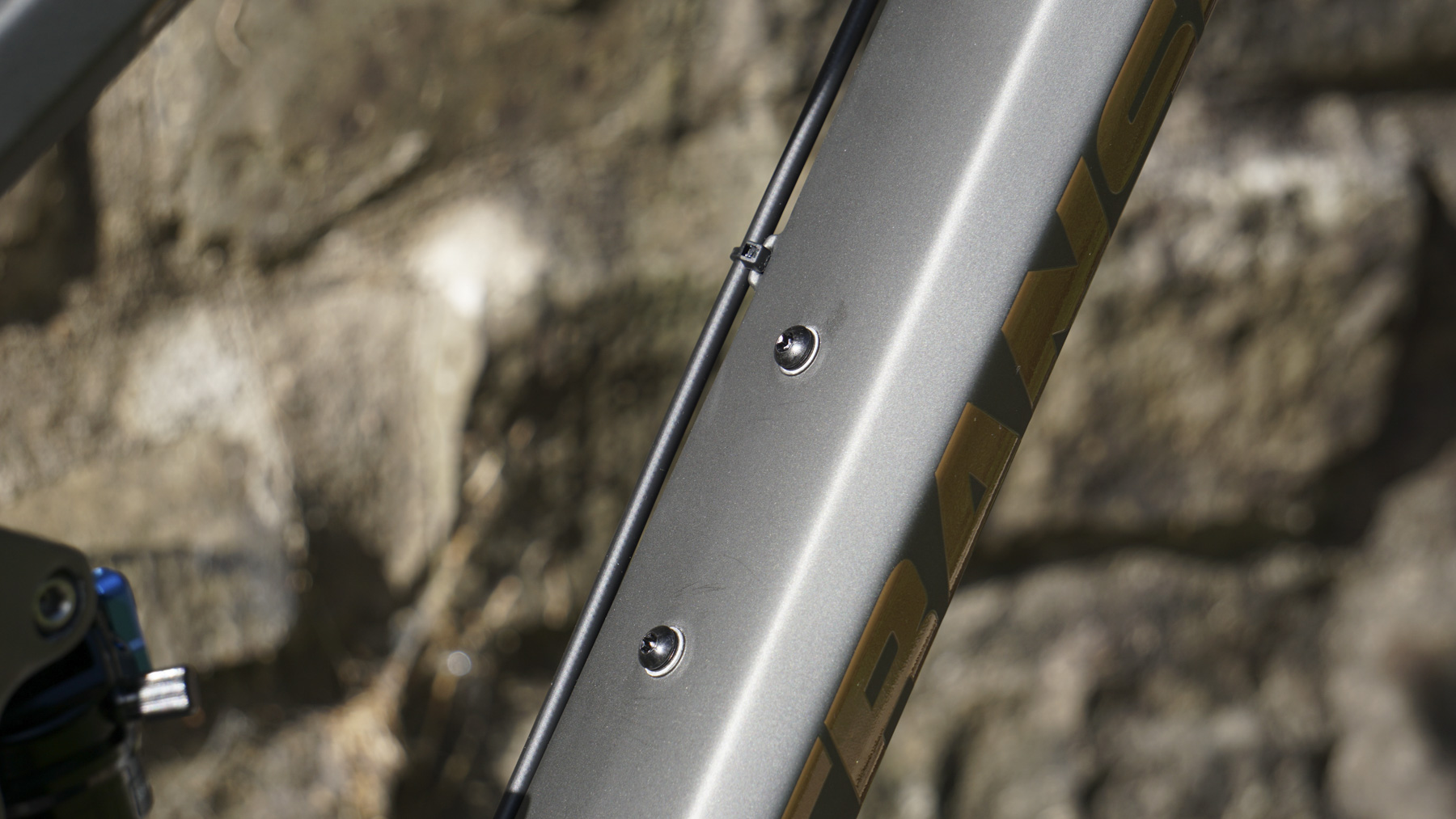
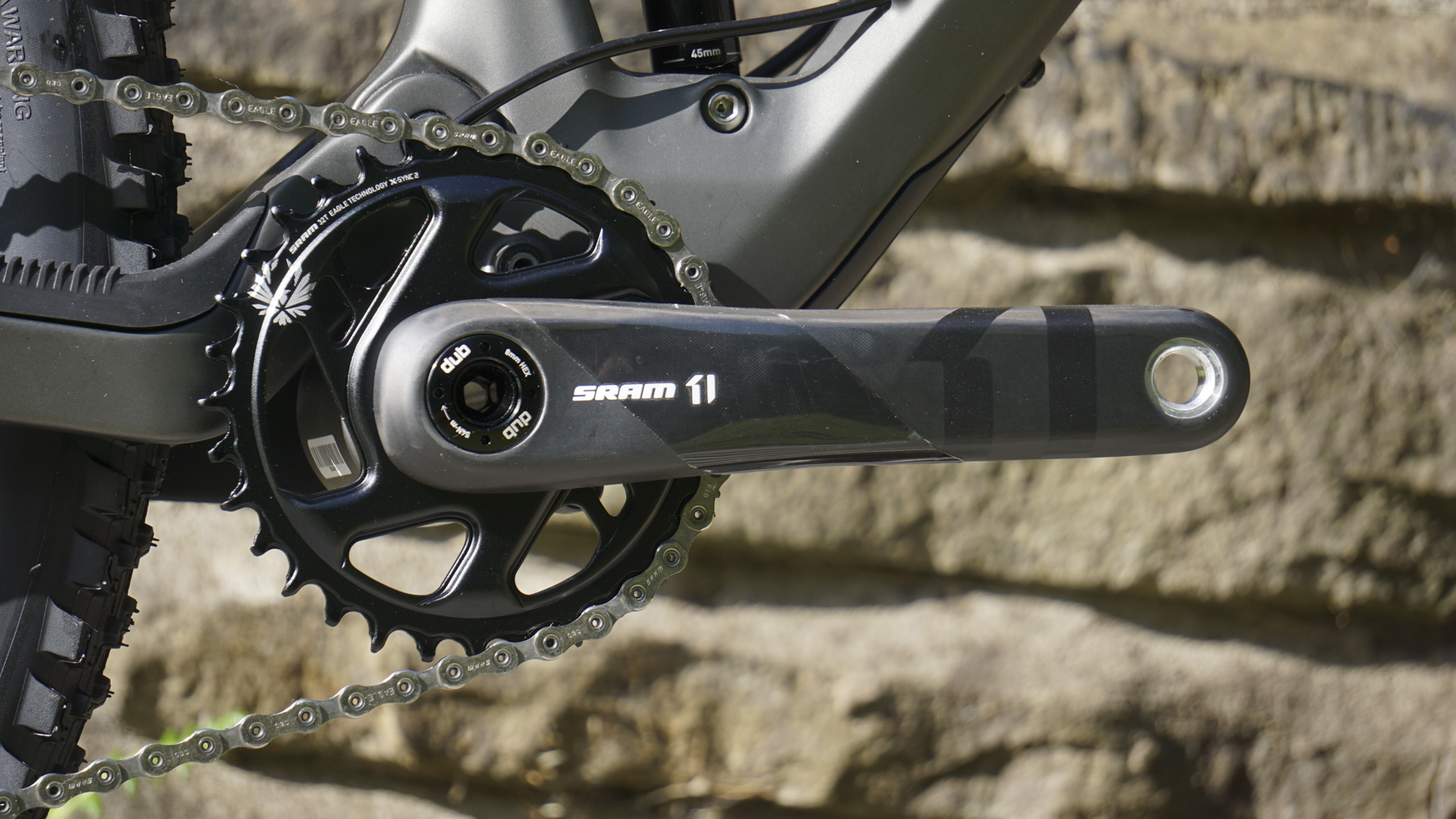

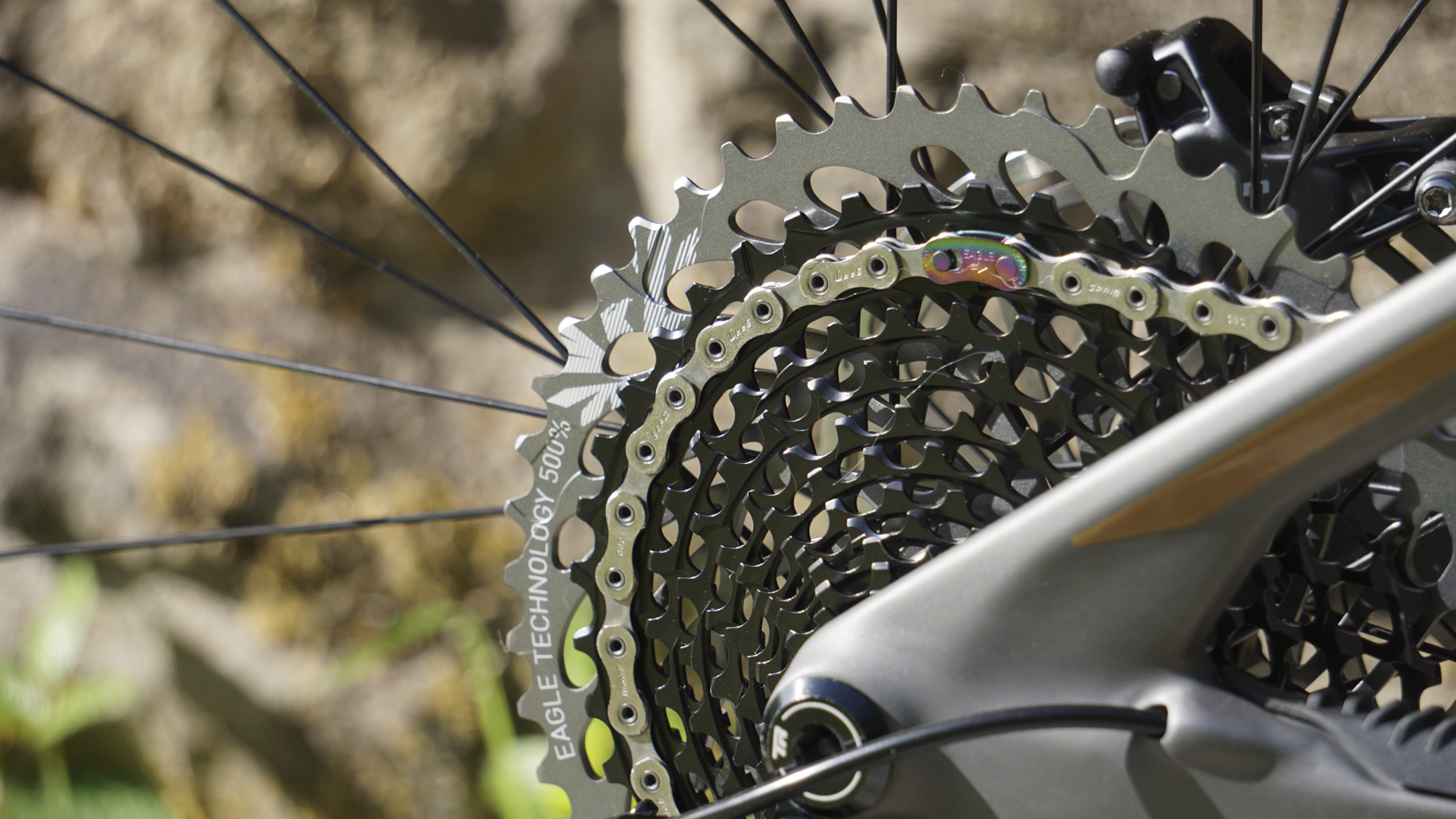


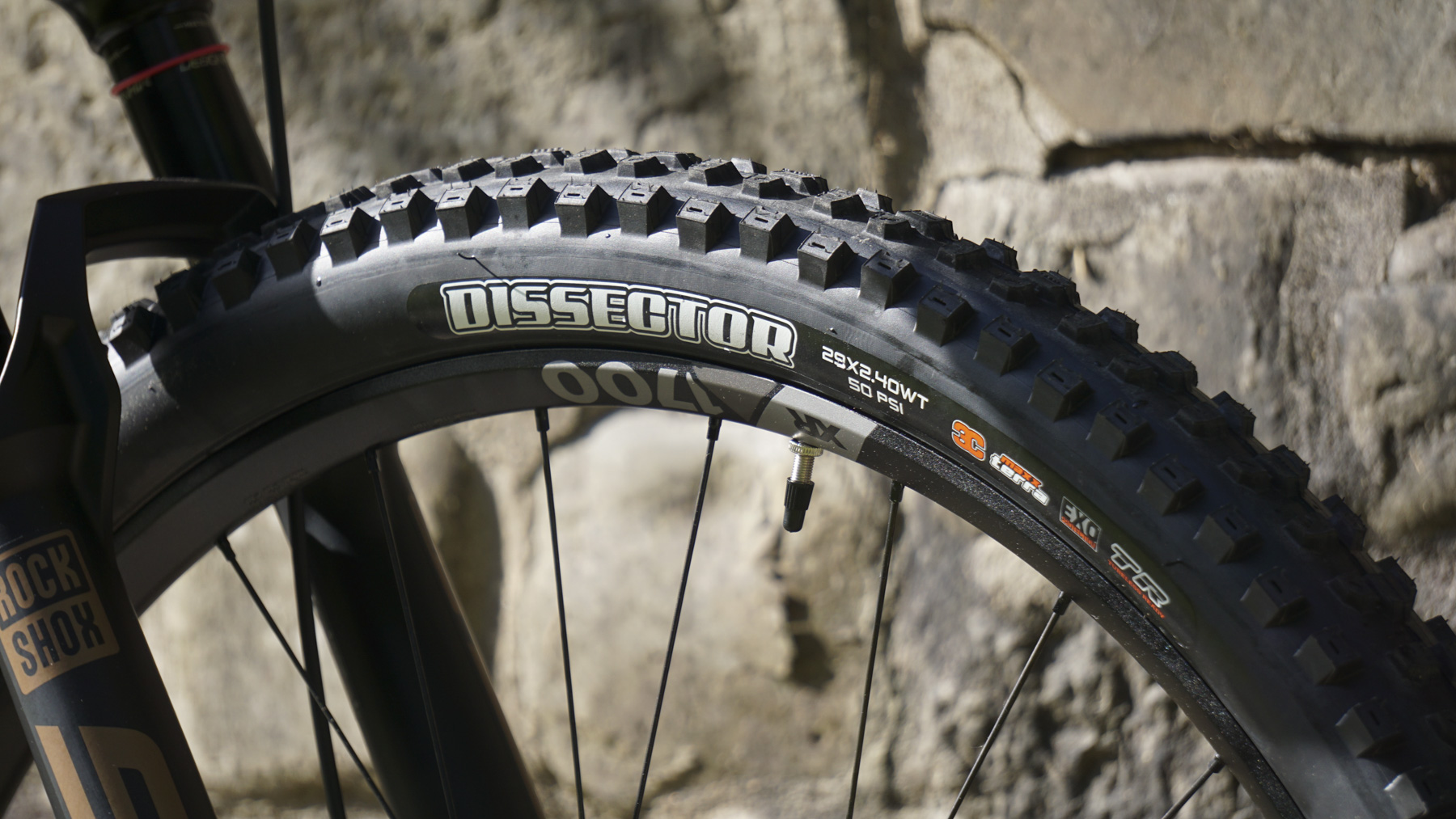

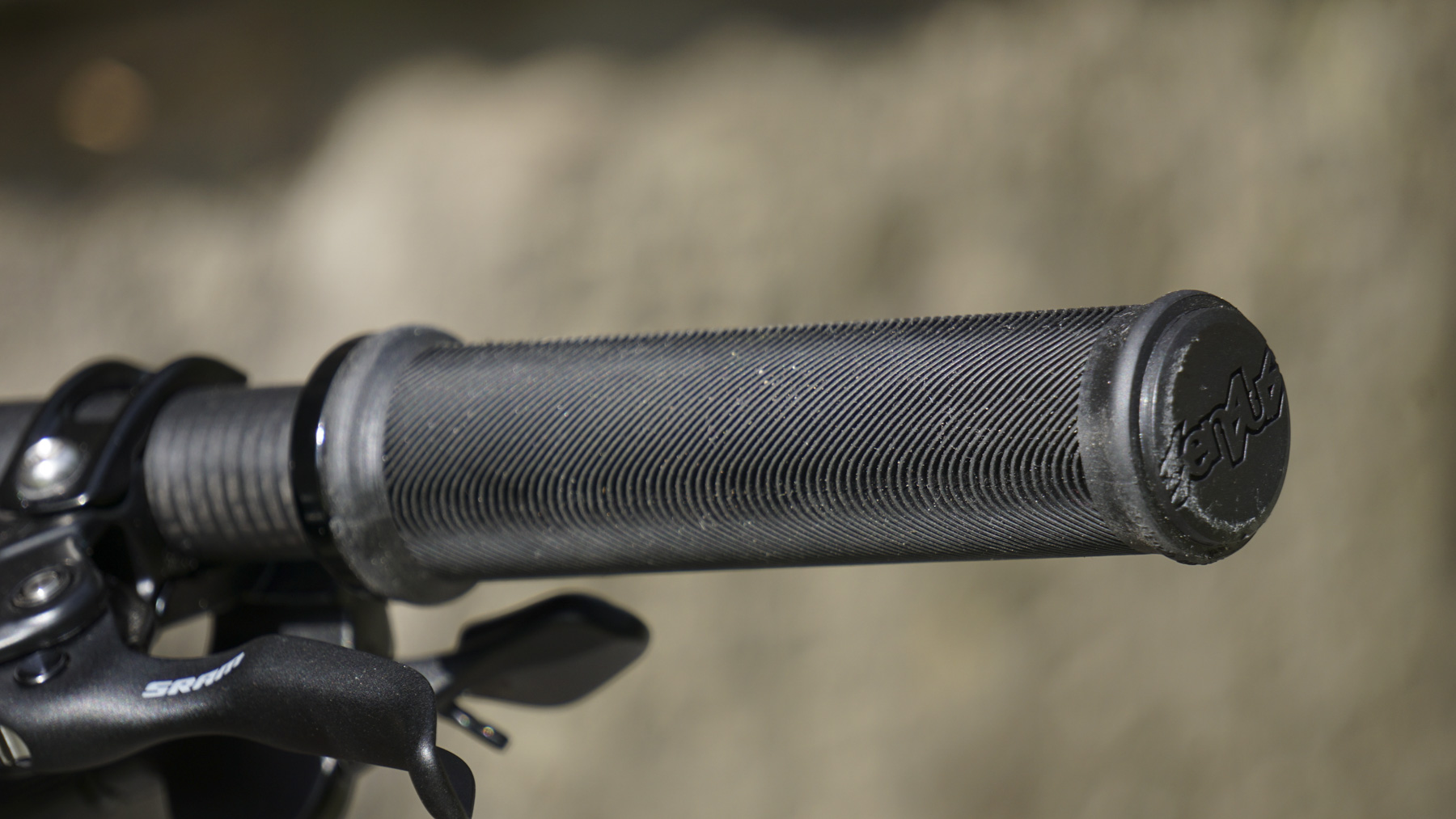




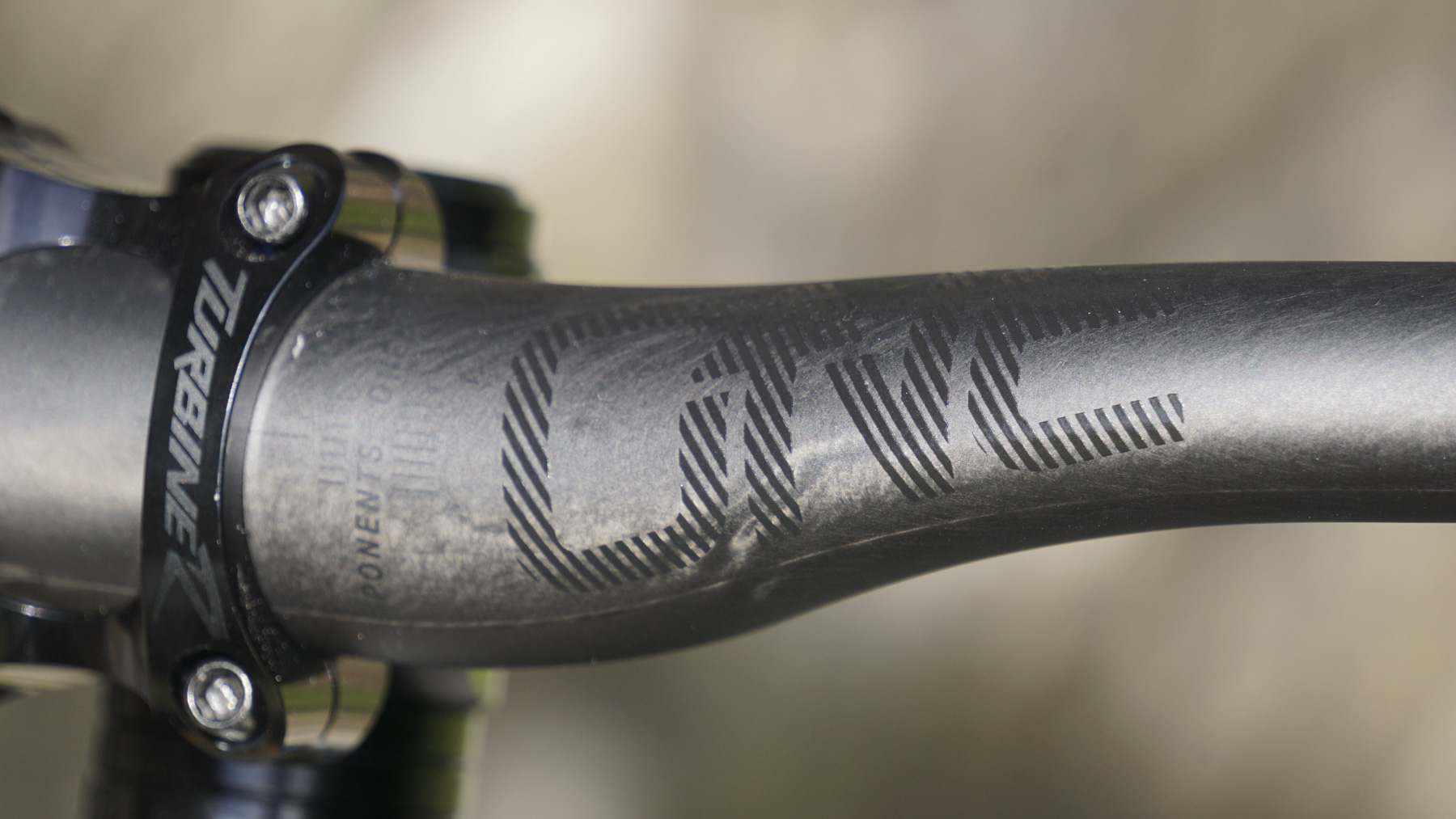

Hot damn, that makes that Yeti thing look untidy.
Well, I know where my next 6 grand is going… it’s going on food and bills and grown up stuff like that.
But if I had a ‘spare’ 6 grand…
Been dreaming about bikes like this recently as my smuggler is great but a bit of a porker……… sadly 5 or 6 grand means I’m waiting a few years for a used one!
Amazing-looking bike.
I had to look up the Dissector tyre!
That’s a really nice looking bike. Noticed a few of these now where the top tube flows into the seat stays in one line, and I’ve got to say, it’s a pretty neat design
Nice bike, I like transition bikes but they have seemed quite heavy until now..love short travel cc/trail bikes…£6000 though best sell a kidney, oh hold on only have one that works…
I’m logged in but can’t read the review?
@richmtb have you clicked the ‘Verdict’ button to go to the next page?
@Hannah Dobson
Yep, still nothing
“Please log in to read the rest of this Premier members’ review.”
@richmtb not sure what the problem is there as it doesn’t seem to be a general issue. Please can you head here https://singletrackworld.com/help so tech can look into it?
Not letting me see the rest either.
Great looking bike. Remarkably similar in concept to the NS Bikes Synonym TR. The angles are pretty much identical, although this comes with a slightly shorter wheelbase. Although I dream about bikes with a little more travel and capability, I suspect something like this is pretty close to what would actually suit most of my riding best.
@irishdave it’s for Premier (paying) subscribers, which is why you won’t be able to see it. If you think you do have a subscription, please email subs@singletrackworld.com to check your account for you.
Mid range bike £6k….stw towers you need to get off the hard drugs. You’ll be talking like Boris and his Eton chums at this rate
Save yourself a grand+ and look at the cannondale scalpel se 1, lighter and faster 😉 my next bike 🙂